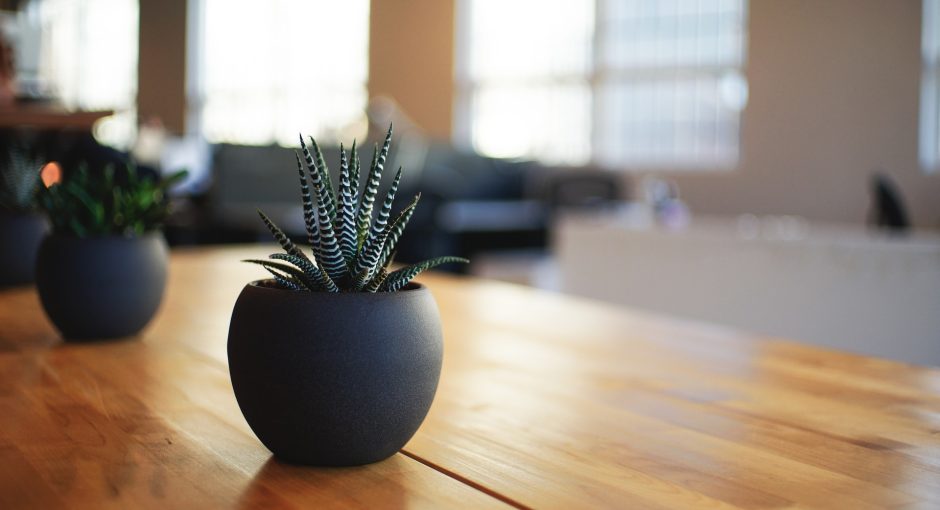Cleaning and protecting your table is important for a few reasons. Not only does it keep the surface looking its best, but it also helps reduce the spread of bacteria and maintain its longevity. Tables can be made of a variety of materials, including wood, glass, metal, and plastic, so the method of cleaning and protecting them will depend on the type of table you have. This article will discuss how to properly clean and protect your table, no matter the material.
Cleaning
Wood Tables
Wood tables require different methods of cleaning than other materials. It’s important to use a product that won’t damage the wood finish. Start by using a soft cloth to dust the surface. If you need to remove an stain or sticky residue, use a cleaning solution specifically designed for wood furniture. Gently rub the solution onto the area with a soft cloth, then wipe it off with a damp cloth.
Glass Tables
Glass tables are easy to clean. Start by wiping the surface with a damp cloth to remove any dust. If there are any stubborn stains, you can use a glass cleaner and a soft cloth to remove them. Be sure to wipe the table dry after you’re finished to prevent streaks.
Metal Tables
Metal tables need to be cleaned regularly to prevent rust. Start by wiping the surface with a damp cloth and mild detergent. If there are any tough stains, use a soft brush or sponge to gently scrub them away. When you’re finished, be sure to rinse the table with clean water and dry it off with a soft cloth.
Plastic Tables
Plastic tables can be cleaned with a damp cloth and a mild detergent. Start by wiping the surface with a damp cloth to remove any dust and dirt. If there is a stubborn stain, you can use a soft brush or sponge to gently scrub it away. When you’re finished, be sure to rinse the table with clean water and dry it off with a soft cloth.

Protecting
Wood Tables
The best way to protect a wood table is to use a wood sealer. Wood sealers are designed to protect the finish of the table while also making it easier to clean. Be sure to read the instructions on the sealer before applying it to make sure you’re using it correctly.
Glass Tables
Glass tables are easy to protect. Start by wiping the surface with a dry cloth to remove any dust or dirt. Then, apply a glass cleaner to the surface and wipe it down with a soft cloth. The cleaner will help protect the table from scratches and fingerprints.
Metal Tables
Metal tables need to be protected from rust. Start by wiping the surface with a damp cloth and mild detergent. Then, apply a metal sealer to the table to help protect it from rust and corrosion. Be sure to read the instructions on the sealer before applying it to make sure you’re using it correctly.
Plastic Tables
Plastic tables should be protected from fading and discoloration. Start by wiping the surface with a damp cloth and mild detergent. Then, apply a plastic sealer to the table to help protect it from fading and discoloration. Be sure to read the instructions on the sealer before applying it to make sure you





